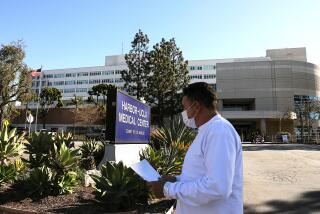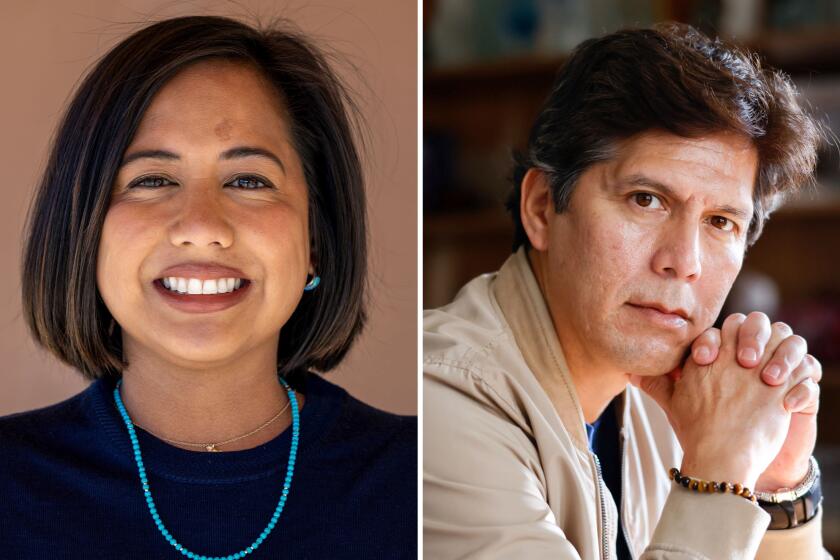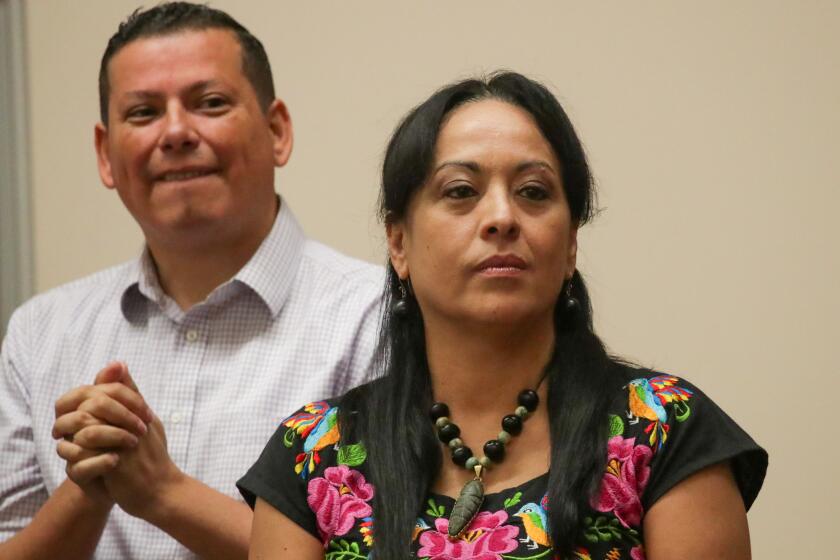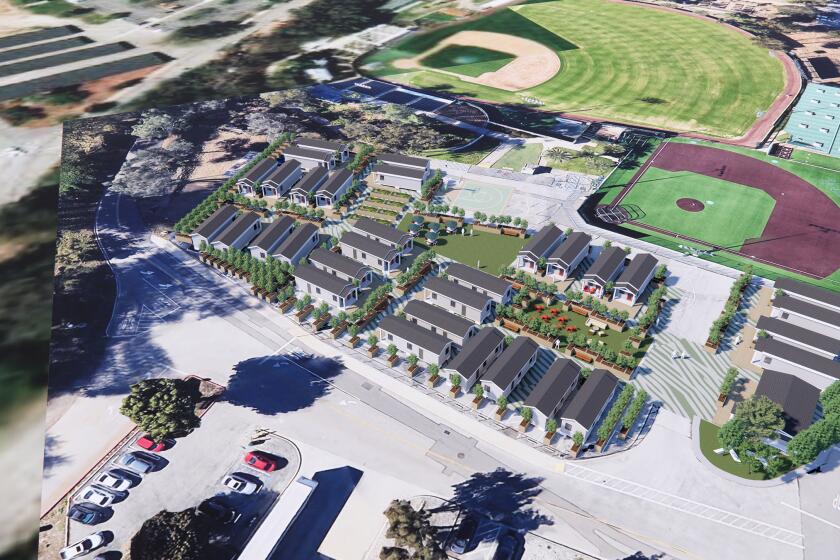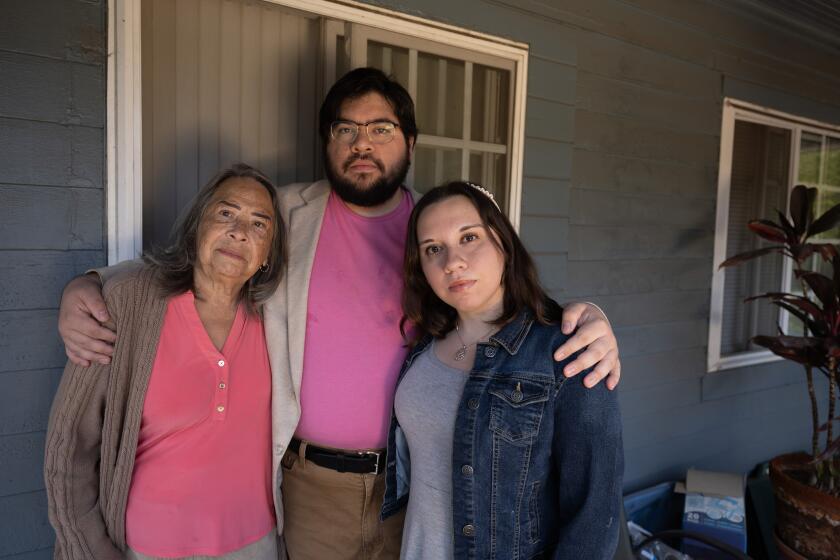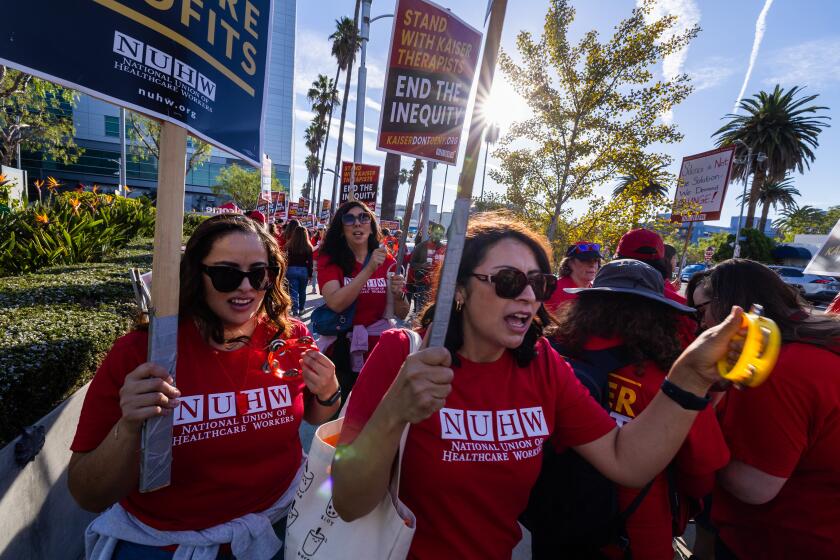No plans for California to make up for expiring ‘Medicaid fee bump’

California officials have no plans to make up for an expiring federal pay incentive designed to entice doctors to treat low-income patients.
The end of the subsidy with the start of the new year could result in steep pay cuts for many doctors participating in the Medicaid system for needy Californians.
An analysis of the pay cut’s expiration by the Urban Institute, a nonpartisan think tank in Washington, D.C., calculated that California doctors’ fees would drop 58.8% when the subsidy disappears.
The change comes after the close of a year when the state’s version of Medicaid, known as Medi-Cal, has added 2.2 million patients to its rolls — and as physician and patient advocates have questioned the program’s ability to deliver adequate and timely care without recruiting new doctors.
“You’re expanding the number of people in a program while making cuts that make it hard to serve those people,” said Molly Weedn, a spokeswoman for the California Medical Assn., a physicians’ group.
“We feel like we’re headed off a cliff in January when it comes to Medi-Cal patients’ access to care,” added Leah Newkirk, vice president for health policy at the California Academy of Family Physicians, which advocates for primary-care doctors.
The nationwide program, known as the “Medicaid fee bump,” was part of the Affordable Care Act and applied more than $5 billion in federal funds to bring pay rates for primary care in line with the more competitive fee schedule offered by the Medicare program. Medicaid is the federal government’s health program for the poor; Medicare provides coverage for everyone older than 65 and disabled Americans.
In California, the gulf between the healthcare programs is vast.
California has one of the lowest Medicaid payment rates in the country. According to data compiled by the California Medical Assn., in April 2014 Medicare paid $45.69 for a basic office visit for a returning patient — more than twice the standard Medi-Cal rate at the time of $18.10.
Nationwide, fees would drop 42.8% on average, Urban Institute researchers wrote, adding that it was “unclear whether the increase in Medicaid primary-care payment has had an effect on the number of physicians accepting Medicaid or the number of Medicaid patients that physicians are willing to see.”
That uncertainty applies in California, too.
“We don’t understand what impact it has had,” said Christopher Perrone, who tracks healthcare reform at the California HealthCare Foundation in Oakland.
Perrone and others said they thought the subsidy never really had a chance to make a difference, in part because it took a long time for the state to hammer out program details, which greatly delayed payments to doctors.
“It was a convoluted process to become eligible for this ACA bump, and because of improper training, many people couldn’t follow through,” said Dr. Toni Johnson-Chavis, a pediatrician in Compton who said her practice had benefited from the additional funding. “This was a way to make things more equitable, but it was short-lived, and the requirements were difficult.”
Anthony Wright, executive director of the advocacy group Health Access California in Sacramento, agreed that the program wasn’t implemented well.
“People didn’t see the increases until months and months after the fact,” he said. “And because people didn’t see it, it had a limited effect in changing behavior.”
Both Perrone and Wright also said that any direct effects of the pay increase might have been diluted for the large numbers of doctors working through managed-care plans. Such plans pay physicians a flat rate to manage a patient’s care, rather than reimbursements for individual visits, and would have collected and redistributed the federal funds to doctors.
“It’s a little murky how this affects people in managed care,” Wright said.
The vast majority of Medi-Cal patients in California — around 9 million out of 11.3 million, including the new Medi-Cal members enrolled through the Obamacare expansion — are managed-care patients, according to the state Department of Health Care Services.
Medi-Cal funding is expected to be a focus in 2015-16 California state budget talks in January, but Gov. Edmund G. Brown has resisted many efforts to increase funding or delay cuts to the burgeoning Medi-Cal program.
Anthony Cava, a spokesman for the healthcare services department, said it would cost $1.8 billion a year to maintain the raise for doctors. Around $700 million of that would come from the state and the rest from the federal government, which carries around a 60% share of the cost for Medicaid services.
In the meantime, advocates say, a clear picture of how many doctors are available to treat low-income patients in the state remains difficult to find.
Cava said that his agency had not seen any access issues for Medi-Cal beneficiaries and that it was “continually monitoring access and network adequacy to ensure members are able to receive care.”
An August 2014 analysis from the California HealthCare Foundation found that about 69% of physicians treated Medi-Cal patients in their practices.
But the foundation also found that the number of full-time primary-care doctors per 100,000 Medi-Cal enrollees, which ranged from 35 to 49, fell far short of the federal government’s recommended 60 to 80. And a report from the U.S. Department of Health and Human Services found that more than half of the Medicaid managed-care providers it surveyed could not offer appointments to enrollees, and the doctor groups said their surveys, too, indicated that there are gaps in access.
“Nobody knows how many physicians are out there seeing new Medi-Cal patients,” said the California Medical Assn.’s Weedn.
Dr. Del Morris, president of the California Academy of Family Physicians and medical director for the Stanislaus County Health Services Agency, called the payment program “an experiment that was too short” and said he thought it probably hadn’t vastly increased the numbers of doctors willing to take Medi-Cal patients.
“It got mixed into a lot of uncertainty about whether doctors should or should not participate in caring for those patients who were newly insured,” he said. “Two years is a pretty short time to change the patterns of your practice.”
Twitter: @LATerynbrown
More to Read
Sign up for Essential California
The most important California stories and recommendations in your inbox every morning.
You may occasionally receive promotional content from the Los Angeles Times.
